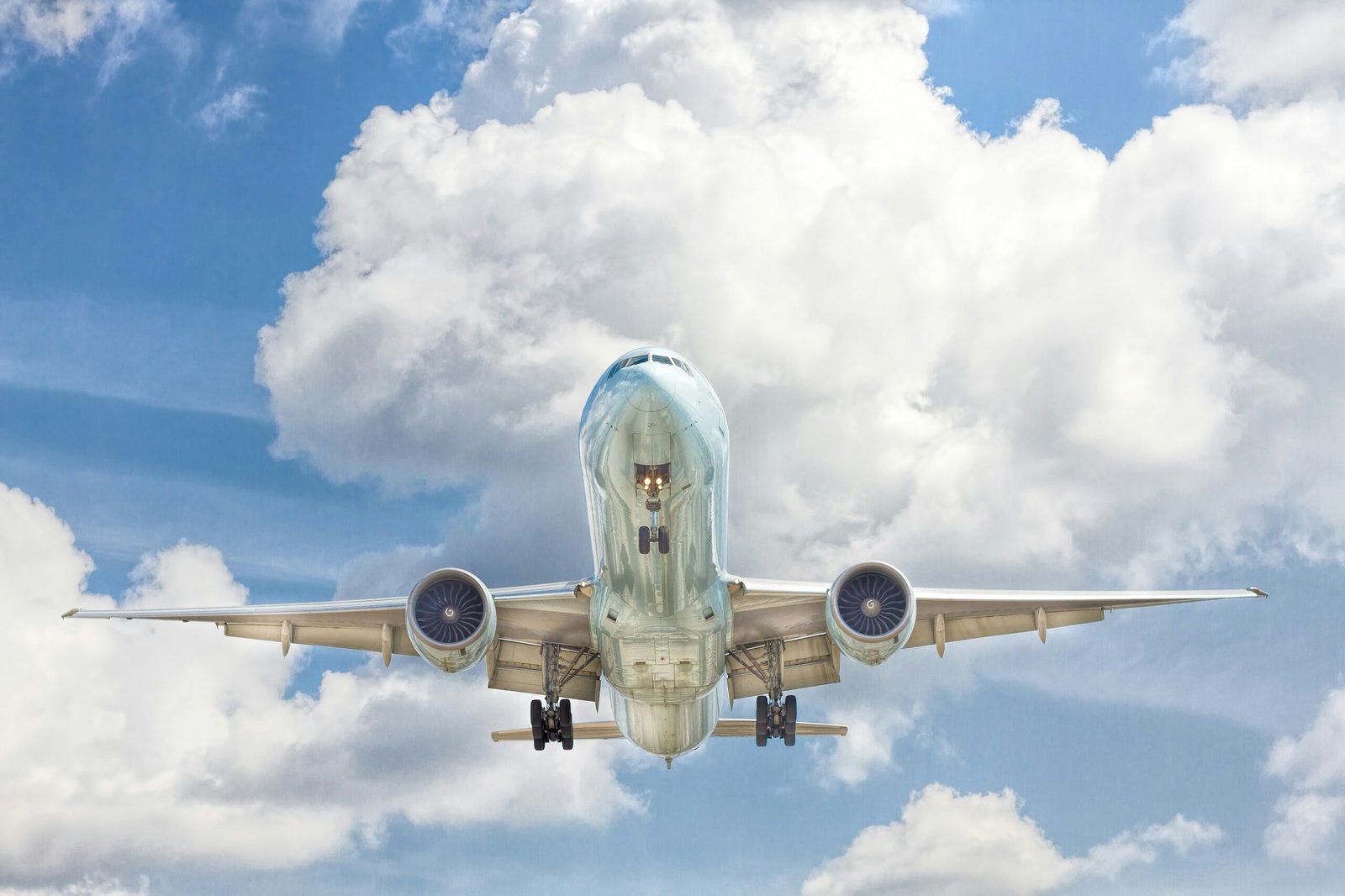Introduction
Air travel has become an integral part of our modern lives, connecting people and places like never before. Whether it’s for business or leisure, flying allows us to reach our destinations quickly and efficiently. However, like any mode of transportation, air travel has its own set of advantages and disadvantages. In this article, we will explore the pros and cons of air travel to help you make an informed decision when planning your next trip.
The Pros of Air Travel
1. Speed and Efficiency: One of the biggest advantages of air travel is its speed. Airplanes can cover long distances in a fraction of the time it would take by other means of transportation. This is especially beneficial for long-haul journeys or when time is of the essence.
2. Global Connectivity: Air travel allows us to reach destinations all over the world, connecting people and cultures. With numerous airlines and routes available, it’s easier than ever to explore new places and experience different cultures.
3. Comfort and Amenities: Airlines have made significant improvements in terms of passenger comfort and amenities. From spacious seating and in-flight entertainment to Wi-Fi connectivity and gourmet meals, flying can be a comfortable and enjoyable experience.
4. Safety: Despite occasional incidents that make headlines, air travel is considered one of the safest modes of transportation. Airlines adhere to strict safety regulations, and continuous advancements in technology have further enhanced the safety measures in place.
5. Time-Saving: Air travel eliminates the need for long hours on the road or at sea. Instead, you can reach your destination quickly, allowing you to make the most of your time at the desired location.
The Cons of Air Travel
1. Cost: Air travel can be expensive, especially when compared to other modes of transportation. Flight tickets, baggage fees, and additional charges can quickly add up, making it less affordable for some travelers.
2. Environmental Impact: Airplanes emit greenhouse gases, contributing to climate change. The carbon footprint of air travel is higher compared to other modes of transportation, making it a less sustainable option.
3. Security Procedures: Increased security measures at airports have made the process of boarding a flight more time-consuming and sometimes stressful. Passengers have to go through security checks, which can be inconvenient, especially during peak travel periods.
4. Limited Flexibility: Air travel is subject to flight schedules and availability. Delays, cancellations, and limited seat availability can disrupt travel plans and cause inconvenience to passengers.
5. Health Risks: Spending long hours in a confined space with other passengers increases the risk of exposure to illnesses. Airplanes can be breeding grounds for germs, and the recirculated air can contribute to the spread of diseases.
Conclusion
Air travel offers numerous benefits, including speed, global connectivity, and improved comfort. However, it also has its drawbacks, such as cost, environmental impact, and limited flexibility. When deciding whether to travel by air, it’s important to consider these pros and cons and weigh them against your specific needs and circumstances. Ultimately, the choice of travel mode will depend on factors such as budget, time constraints, and personal preferences. With careful planning and consideration, air travel can be a convenient and enjoyable way to explore the world.


4 thoughts on “The Pros and Cons of Air Travel”